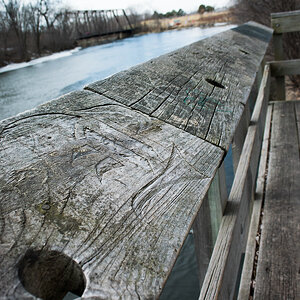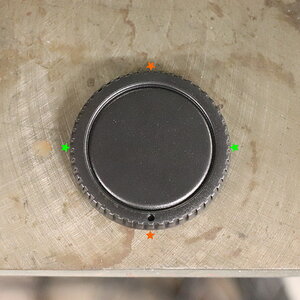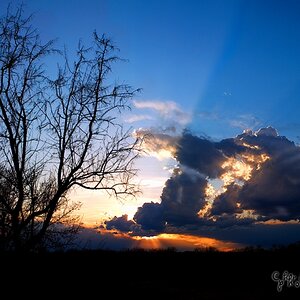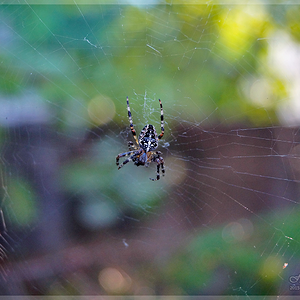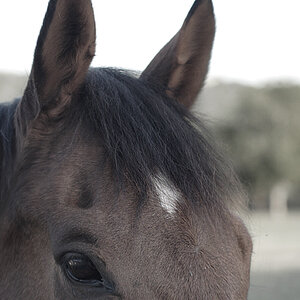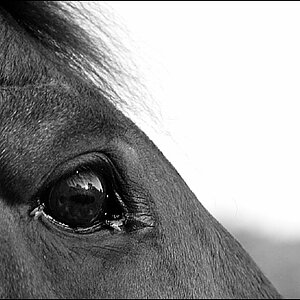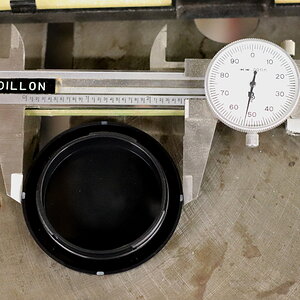daved31415
TPF Noob!
- Joined
- Mar 20, 2015
- Messages
- 4
- Reaction score
- 2
- Can others edit my Photos
- Photos NOT OK to edit
I've read some conflicting information on this topic so I'm hoping to get it clarified here.
Does lens focal length and sensor size influence depth of field at all?
Does lens focal length and sensor size influence depth of field at all?


